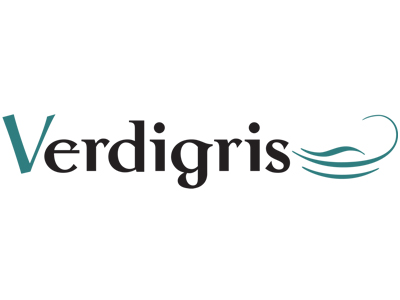We’ve heard it from brands, environmental groups, consumer
associations and governments and more recently credit card
companies. They are all doing a great job at communicating the need
to reduce Greenhouse Gas (GHG) emissions through reduced
environmental impacts. But much more could be done and we see a
massive opportunity for industry associations to take up the mantra
and provide guidelines for their members.
Print industry associations, publishers’ associations, author
and journalists’ associations et al, should be doing their bit for
the environment. But relatively few have any sort of coherent
policy when it comes to supporting members’ aspirations to be more
green. Trawling sites online dragged up a few cursory attempts, but
it’s clear that many industry associations, say for the newspaper
sector or for book publishing, have any solid ideas or guidance for
their members. In fact it looks like they haven’t a clue.
We need sector specific policy statements for managing
environmental impact and sustainability and they should cover
shared concerns, tweaked to be meaningful for different member
interests. All of these policy statements should include an
environmental checklist, and should provide a sensible starting
point for how to reduce negative environmental impacts. A bit of
basic background wouldn’t go amiss either.
Top of the list should be improving waste management throughout
the supply chain, with suggestions for how to meet the three Rs:
Reduce, Reuse, Recycle in order to cut waste. For printed
newspapers, for instance, there are plenty of options, such as
lining cat litter trays, packing precious stuff for storage or
transport, papering a wall with favourite front pages, composting,
insulation, starting fires and barbeques, sorting for recycling and
so on. For books the same ideas apply, but with less perishable
content you can also focus on reuse. Share books with friends;
donate them to schools, hospitals and care homes; leave a few tomes
at local rail and bus stations to help bored travellers to while
away the time; and use them to prop up wonky furniture. They can
even be turned into sculptures or some other form of artistic
expression.
The point here is for associations in the graphics industry and
its supply chains to take a leadership position, share ideas and
encourage members to take ownership of improving print’s
environmental impact. The difference could be substantial and might
encourage more people to use print instead of electronic media.
Knowing that they are using a sustainable channel can make a huge
difference to how they invest in knowledge and entertainment. It
starts with the three Rs.
– Laurel Brunner
This article was produced by the Verdigris Project, an
industry initiative intended to raise awareness of print’s positive
environmental impact. This weekly commentary helps printing
companies keep up to date with environmental standards, and how
environmentally friendly business management can help improve their
bottom lines. Verdigris is supported by the following
companies: Agfa Graphics, EFI, Fespa, HP, Kodak, Kornit, Ricoh, Spindrift, Splash
PR, Unity Publishing and Xeikon.





